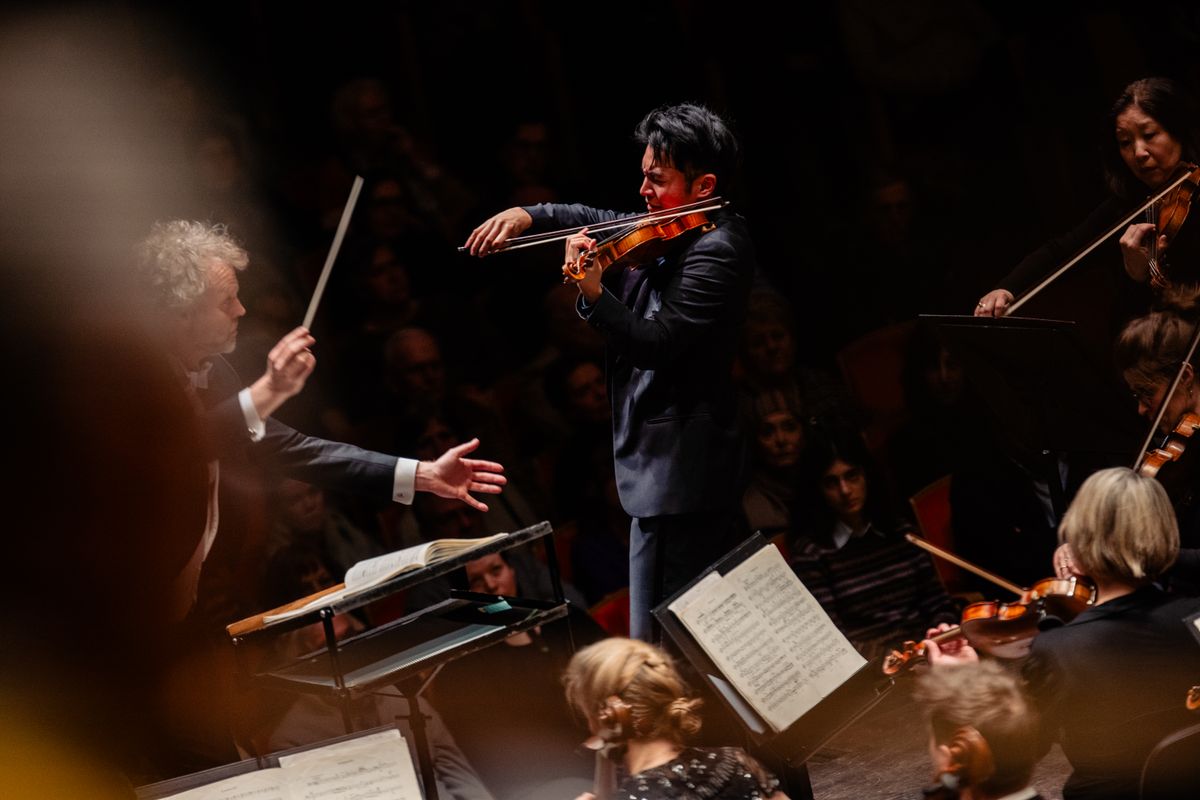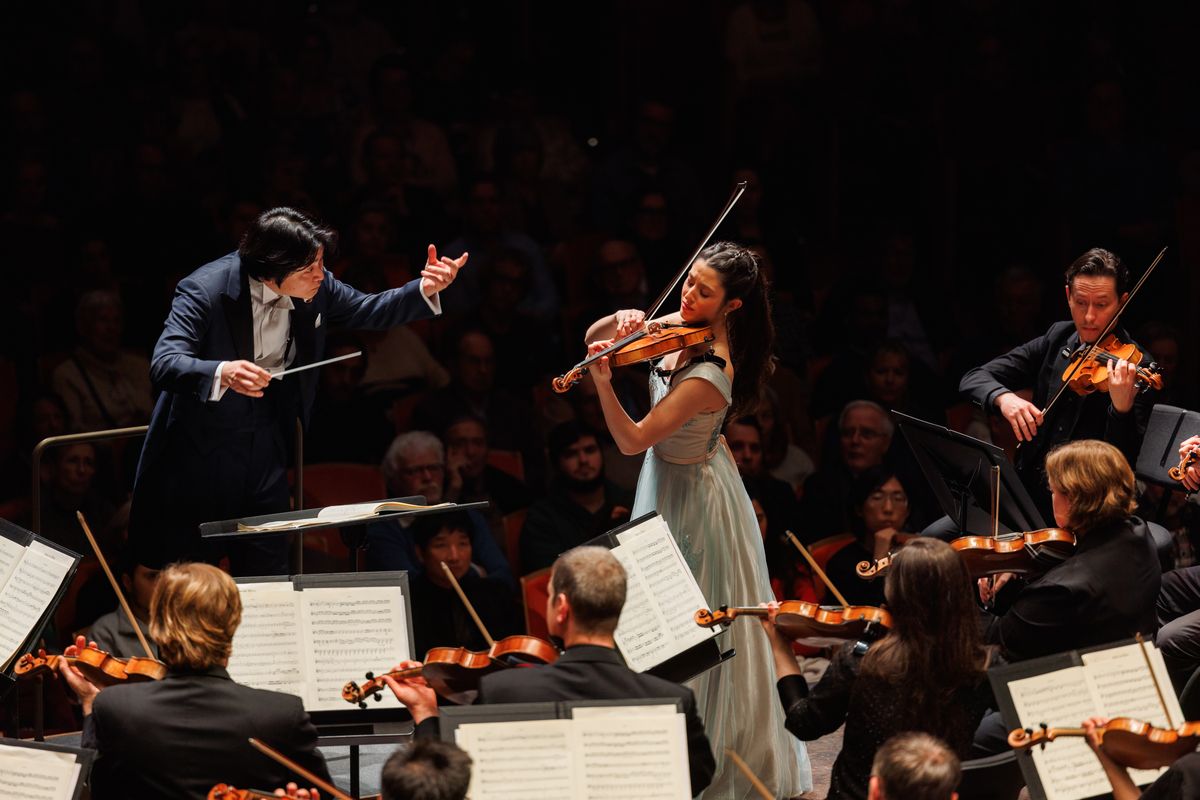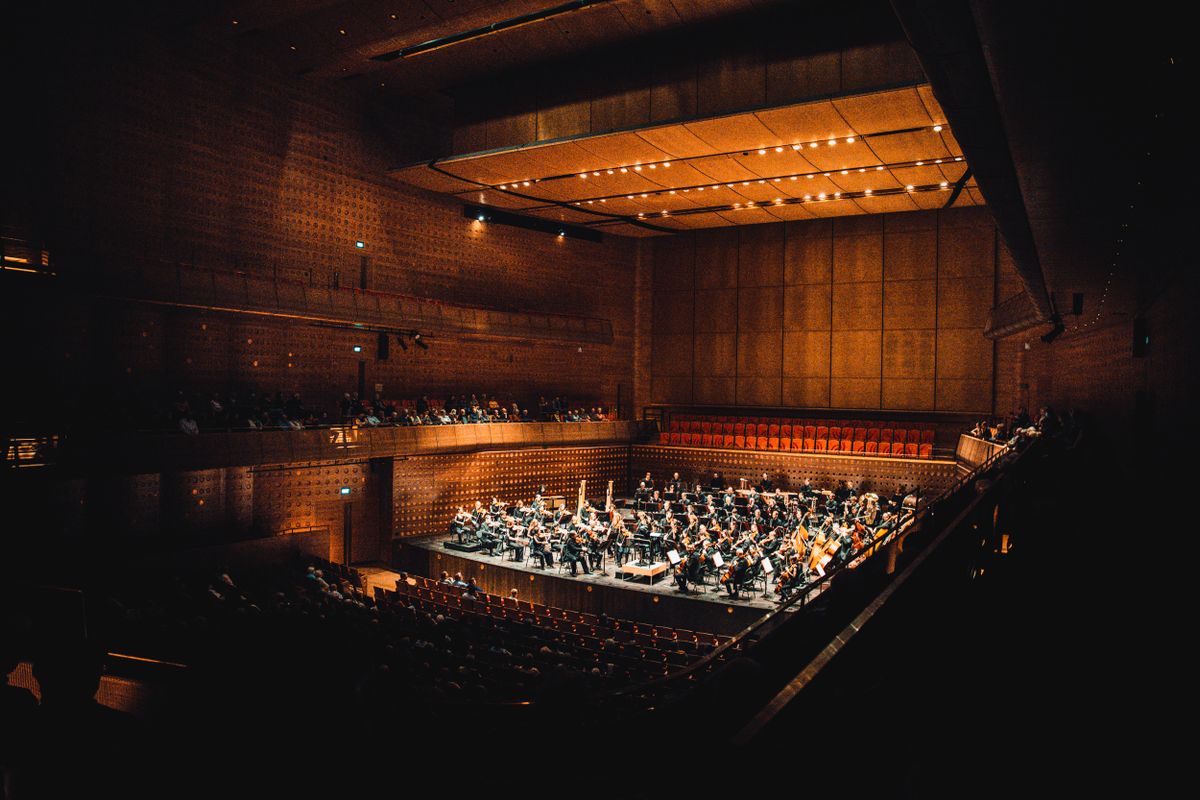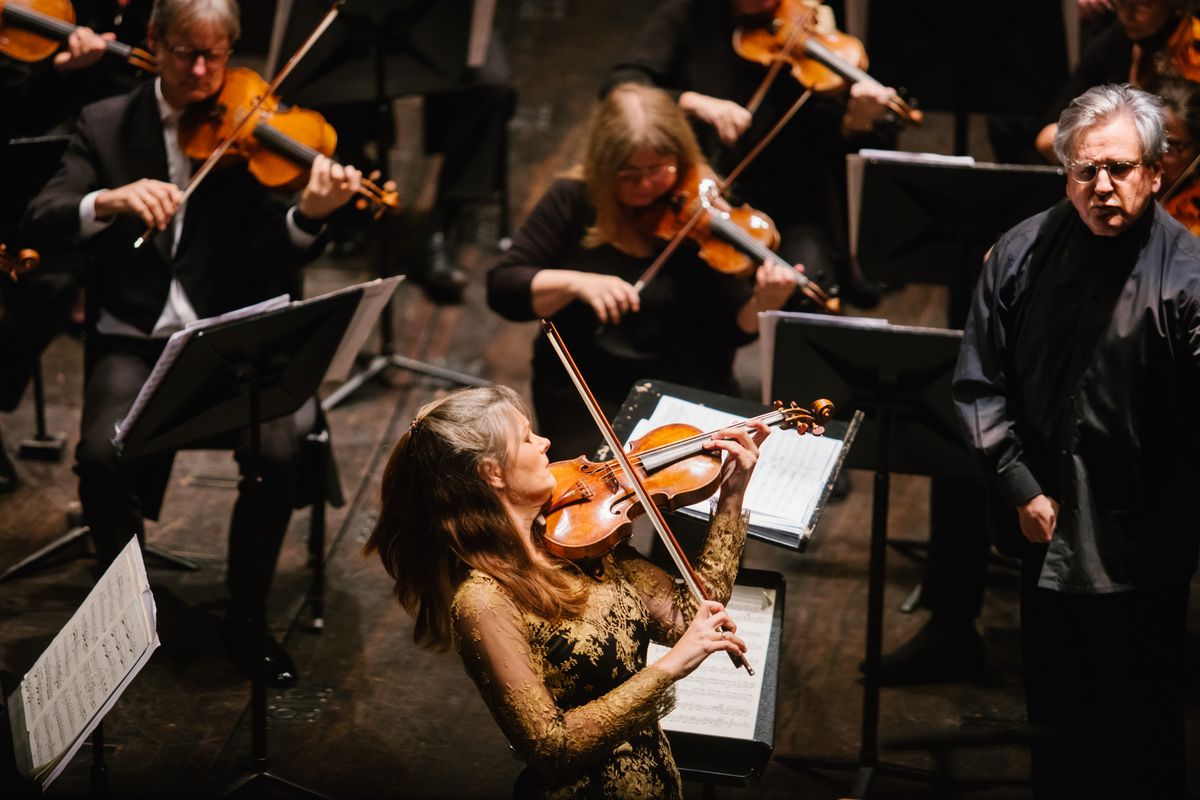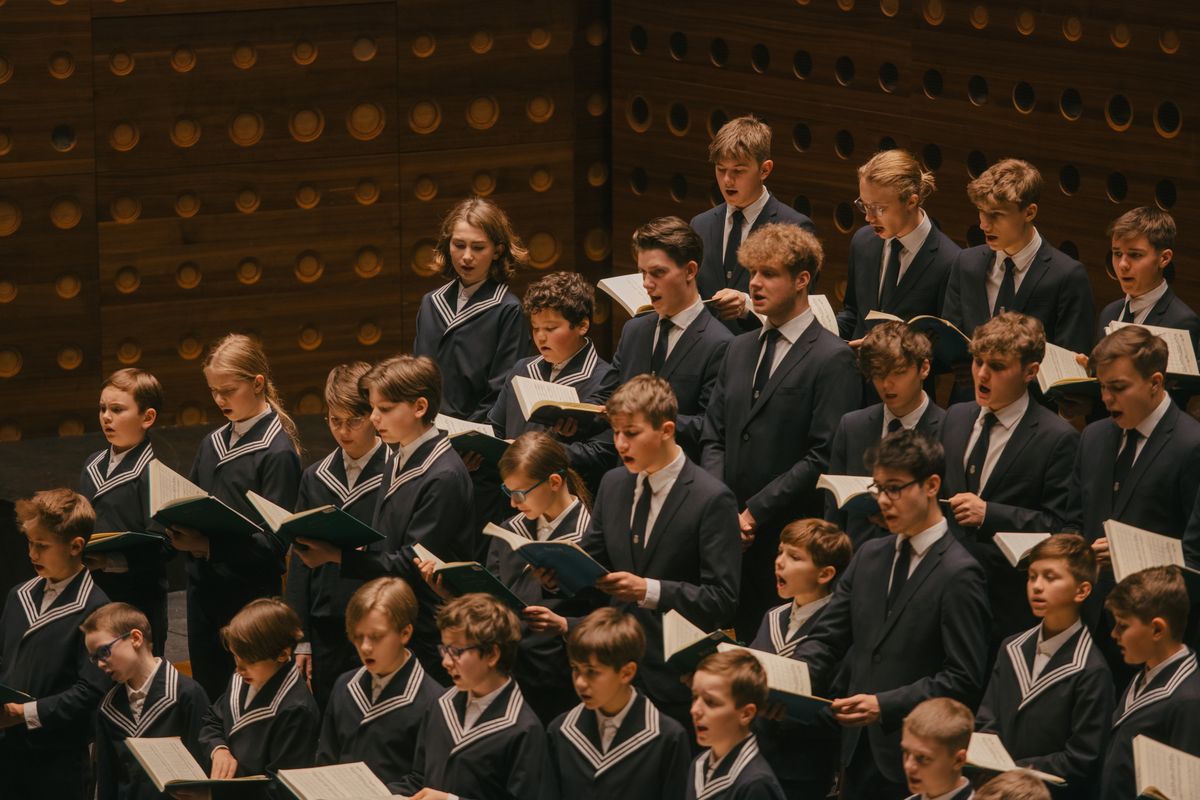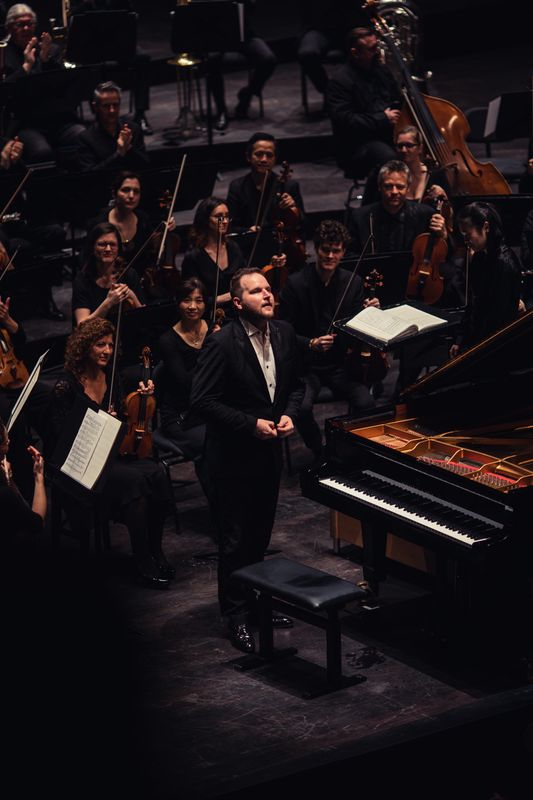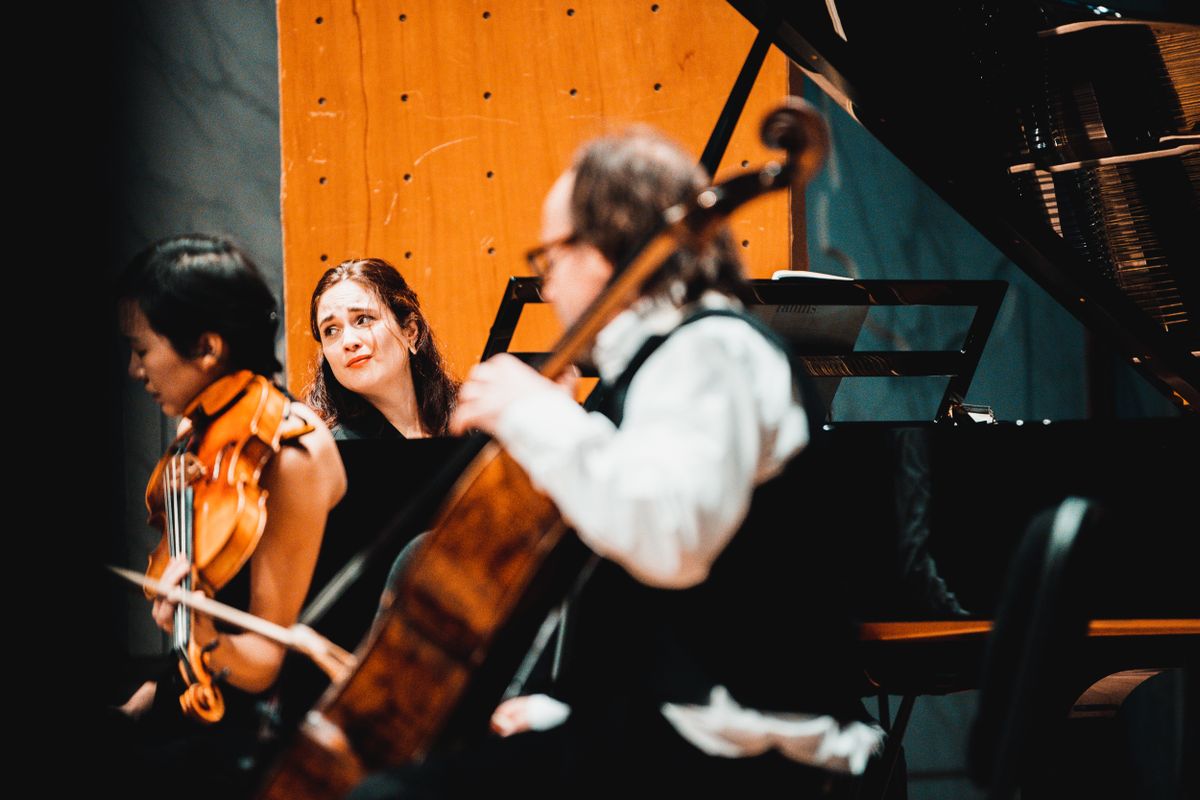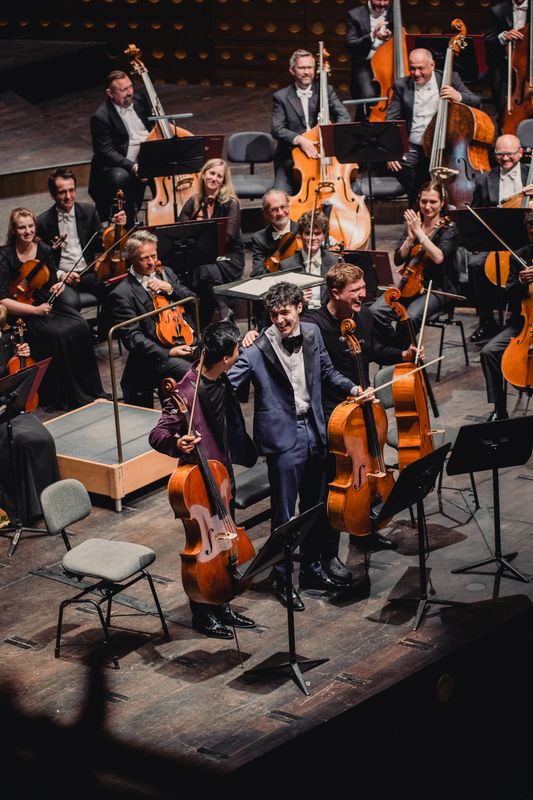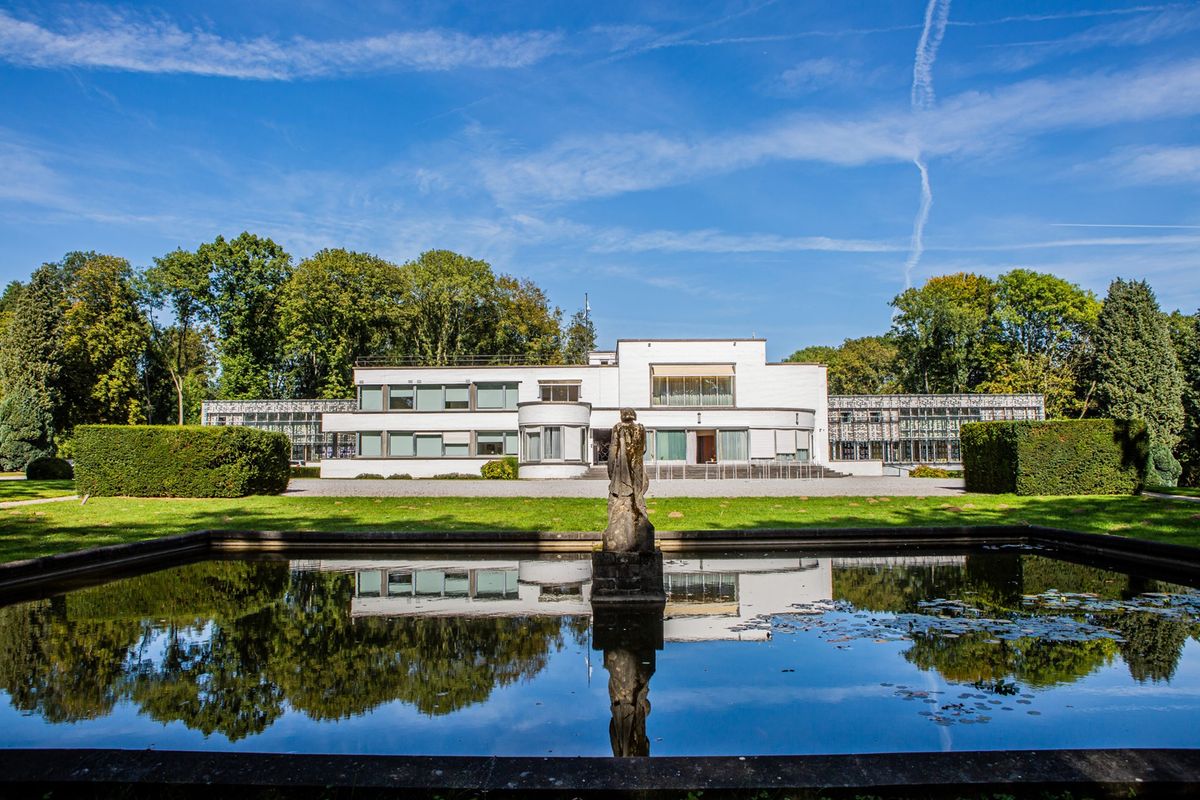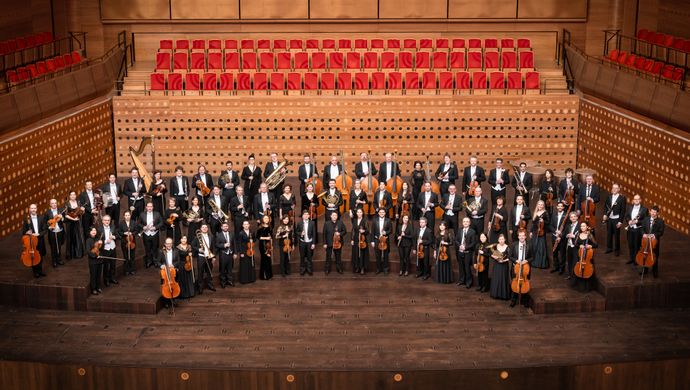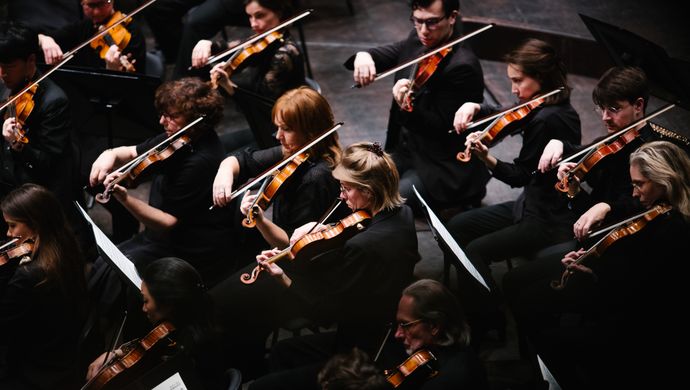Elisabeth Klassiek
Queen Elisabeth left an indelible mark on Belgium’s cultural landscape, taking a keen interest in the arts and culture. Her many contacts with artists and patrons led to the establishment of such initiatives as the Eugène Ysaÿe Competition, which was later renamed Queen Elisabeth Competition, and the Royal Music Chapel in Waterloo, which is also named after her. In line with this cultural legacy, the “Elisabeth Klassiek” hallmark is solely attributed to concerts of the highest quality, both in the Queen Elisabeth Hall and in other venues. That way, you can be sure that you will enjoy a memorable musical experience, even before setting foot in the concert hall. Besides being the orchestra in residence of the Queen Elisabeth Hall, the Antwerp Symphony Orchestra is also the custodian of the classical repertoire in this golden hall.
In addition to staging its own productions in its residence, together with Cofena, the orchestra also invites leading international orchestras to give concerts in this state-of-the-art concert hall. In so doing, the Antwerp Symphony Orchesta is able to expand the international symphonic offering in Antwerp with a top-notch selection of concerts, that complement its own programme. The Queen Elisabeth Hall has thus earned a reputation as a world-class concert hall for prestigious concert experiences of the highest quality.
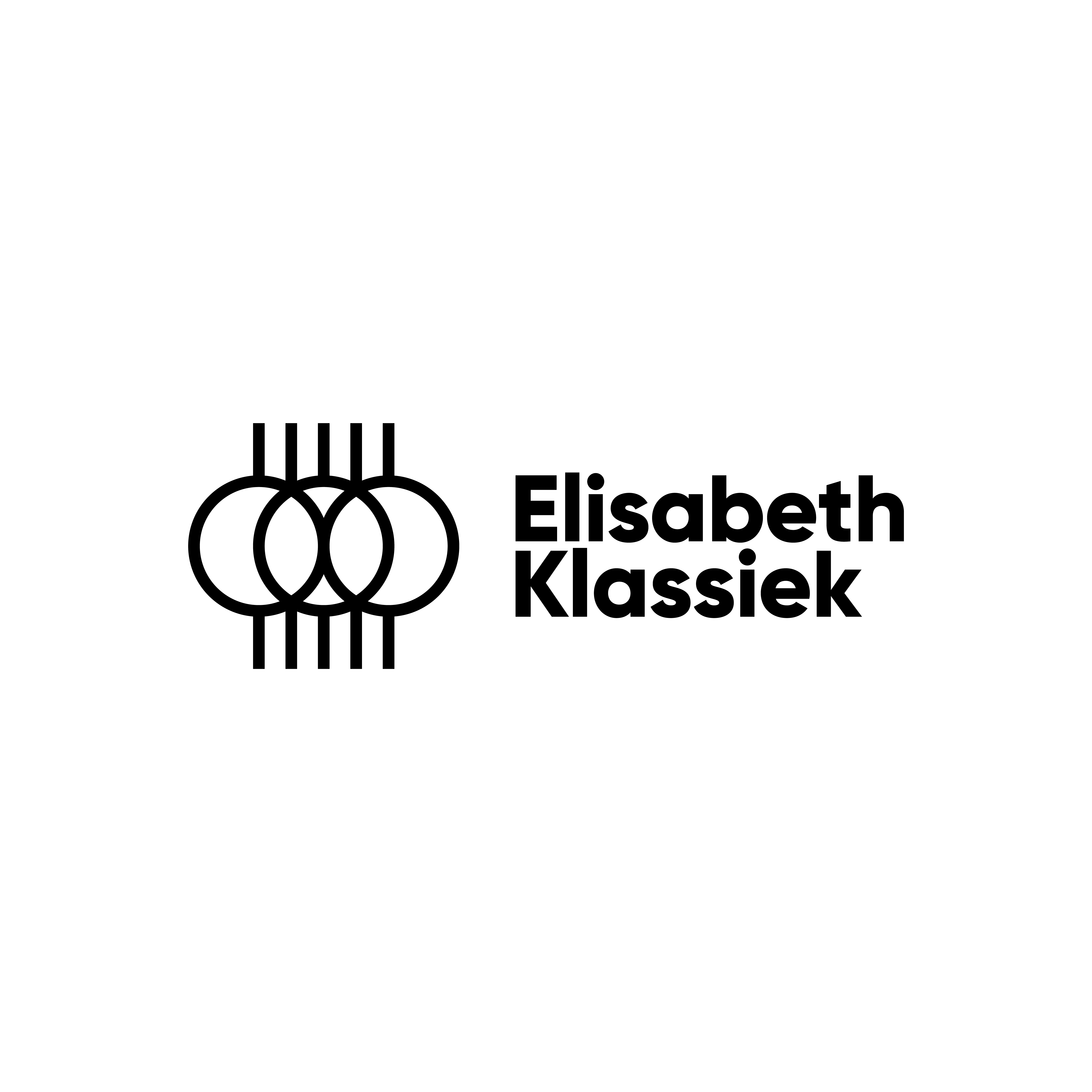
Queen Elisabeth Hall
In November 2016, the doors to a new cultural beacon – the golden Queen Elisabeth
Hall – swung open to welcome audiences. This classical concert hall, with its superior acoustics, is the residence of the Antwerp Symphony Orchestra and the place to be for classical orchestral music in Belgium. The hall can seat 2,000 music lovers and can be easily reached by public transport thanks to its proximity to Antwerp’s Central Station and the Diamant and Astrid underground stations.
At the end of the 19th century, the Royal Zoological Society of Antwerp founded an orchestra to entertain its members with concerts. During the summer months, these ‘Zoo Concerts’ took place in the zoo. From 1897, the orchestra moved indoors during the winter months, to the Great Festival Hall, the precursor of today’s Queen Elisabeth Hall. Works by all major composers, including Grieg, Franck and Berlioz, as well as Flemish composers such as Benoit, Blockx and Mortelmans, were performed here under the baton of Edward Keurvels and later Flor Alpaerts. The affluent bourgeoisie held balls in the Great Festival Halls and attended concerts by symphony orchestras, conducted by such luminaries as Gustav Mahler, Siegfried Wagner and Sergei Rachmaninoff.
During the Second World War, the building suffered significant damage like so many others in Antwerp. In 1947, it was destroyed by a fire. The second concert hall, a design by Rie Haan, was built in 1959, using reclaimed elements of Expo 58, the Brussels World Fair. The old festival hall was converted into a modern concert hall, which was officially inaugurated by Queen Elisabeth in 1960. From then on, the Antwerp Symphony, or rather deFilharmonie as it was known at the time, gave regular performances in the Elisabeth Hall.
In 2011, the decision was made to build a new Queen Elisabeth Hall. The complex plans for a state-of-the-art concert hall were implemented under the supervision of Manchester-based architecture practice SimpsonHaugh and Kirkegaard Associates of Chicago. The new Queen Elisabeth Hall reopened five years later, on 25 November 2016. Its orchestra in residence, the Antwerp Symphony Orchestra, performed four inaugural concerts, which were attended by Queen Mathilde and many other prominent guests. Since then, the orchestra stages about fifty concerts every year in the golden hall. It also receives leading international orchestras in its residence, promoting the hall’s superb acoustics in the process.
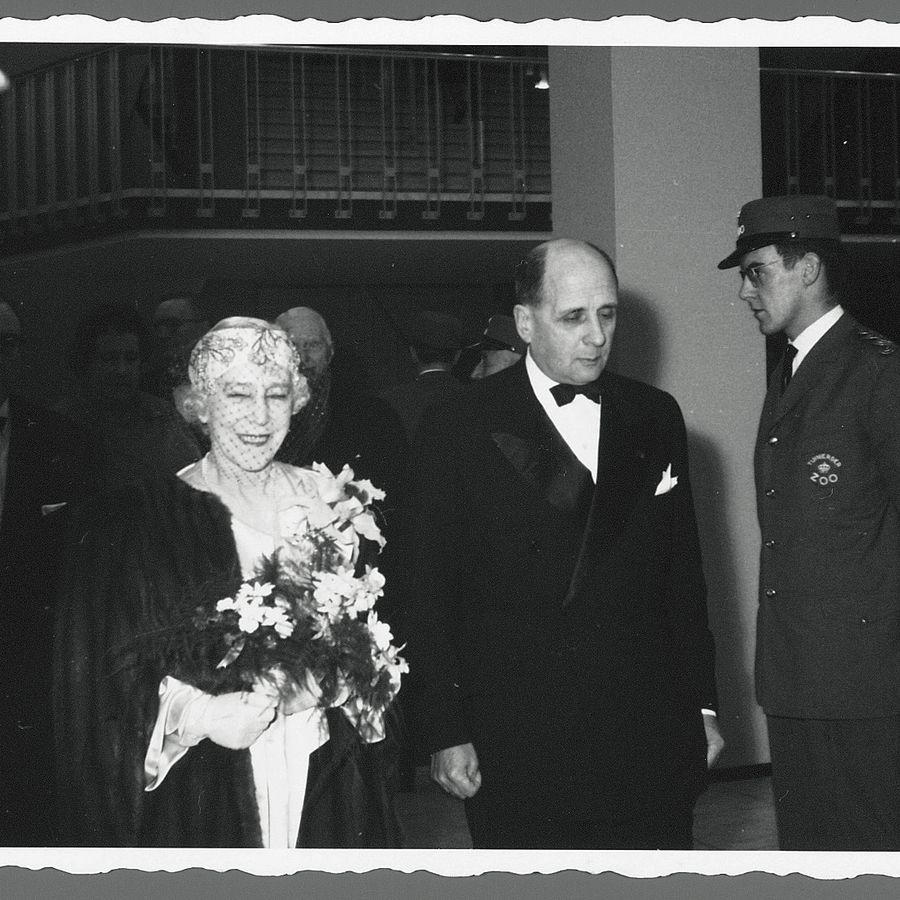
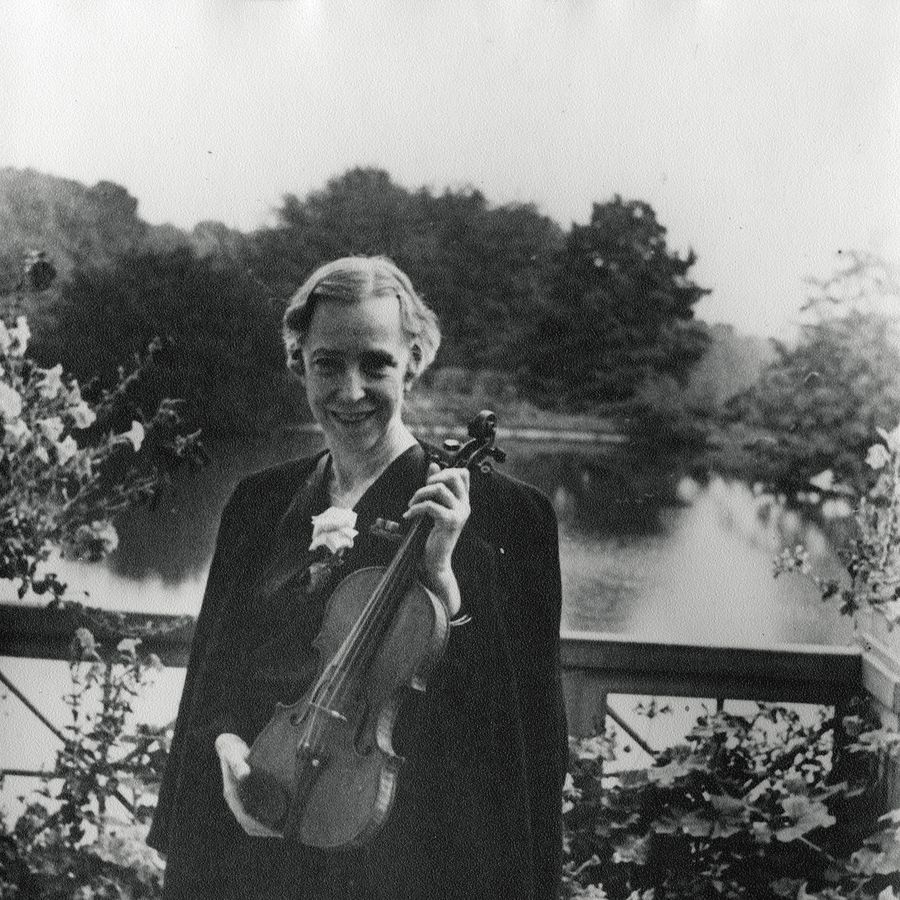
Queen Elisabeth
Queen Elisabeth’s influence continues to be felt in the Belgian music world, among others thanks to the Queen Elisabeth Competition and the Queen Elisabeth Music Chapel. Elisabeth’s interest in the arts and culture was cultivated by her parents. A talented violinist as a child, she developed a great fondness for painting, sculpture and music as she grew older. She is undoubtedly our country’s most colourful queen to date: an entrepreneurial, broad-minded, curious and, at times, a little eccentric woman.
Elisabeth Gabrielle Valérie Marie von Wittelsbach was born in 1876 in Possenhofen Castle to Karl-Theodor, a distant cousin of the King of Bavaria, and Infanta Maria Josepha of Portugal. She was named after her aunt and godmother, Empress Elisabeth of Austria, better known as Sisi. In 1900, Duchess Elisabeth of Bavaria married Prince Albert, the heir to the throne of Belgium, who would go on to be crowned Albert I of Belgium. They had three children: Leopold (1901), Charles (1903) and Marie-José (1905). Elisabeth died of a heart attack in 1965.
The culture-loving queen nurse
After World War I broke out, Queen Elisabeth played an active role in the war effort, concerned as she was about the well-being of wounded soldiers, which earned her the moniker ‘queen-nurse’. She lobbied successfully to have a large hospital set up in De Panne, close to the frontline. Whether she actually ever nursed any wounded soldiers there is questionable. She did, however, provide cultural entertainment
for the soldiers, organising concerts and staging plays in the hospital and encouraging patients to take an interest in art. The frontline soldiers even got their own theatre. Queen Elisabeth also established the Belgian army’s symphonic orchestra and supported promising young painters who had been exempted from military service by organizing their exhibitions and buying their work.
Elisabeth today
Elisabeth is mainly remembered for her lively interest in art and culture. Her discussions with artists and art patrons culminated in ideas that she was keen to develop. She shared this entrepreneurial spirit, which boosted cultural life in Belgium, with her ancestor King Ludwig of Bavaria. The ‘Fairy Tale King’ built Neuschwanstein Castle and was also the main sponsor of Wagner’s Festspielhaus in Bayreuth. Elisabeth’s violin teacher was the famous violinist Eugène Ysaÿe. He travelled the world – from the United States to Russia –, after which he shared his findings on how other countries went about achieving the highest possible musical level with her. Drawing on this international know-how and fuelled by her passion for music and quality, she organised the very first Queen Elisabeth Competition in 1937 (called the Eugène Ysaÿe Competition at the time). She also opened the doors to the Queen Elisabeth Music Chapel, where the talent of young musicians who strive for musical excellence is nurtured.
Elisabeth week
During the Elisabeth week, the Antwerp Symphony Orchestra, resident orchestra of the Queen Elisabeth Hall, welcomes each year a winner or laureate of the Queen Elisabeth Competition.
Elisabeth institutions
In Belgium’s world of classical music, the name Queen Elisabeth links three important institutions.
The Queen Elisabeth Competition
For eighty years, music lovers have been enjoying the performances of gifted young musicians who come to Brussels from all around the world to participate in the Queen Elisabeth Competition. Several of these exceptionally talented performers, including Vladimir Ashkenazy, Gidon Kremer and Vadim Repin, or more recently recent Ray Chen, Boris Giltburg and Lukáš Vondráček, have gone on to become international superstars. The Antwerp Symphony Orchestra has been closely involved with the Queen Elisabeth Competition for many years: not only does it accompany the concerts given by laureates, but it also regularly invites back soloists who won or participated in the competition in previous years.
The Queen Elisabeth Music Chapel
Elisabeth conceived the idea of founding a music academy to improve the training home-grown musicians received, which would enable them to be better prepared for international competitions. Plans for the Queen Elisabeth Music Chapel were laid as early as 1938, becoming reality thanks
to the support of the late baron Paul de Launoit. Today, the Queen Elisabeth Music Chapel is dedicated exclusively to training promising young musicians. It is also where the Queen Elisabeth Competition’s 12 laureates withdraw in seclusion to prepare themselves for the finale.
The Queen Elisabeth Hall
Queen Elisabeth’s influence also shaped other parts of the Antwerp Symphony Orchestra’s history. In 1958, three years after the orchestra’s foundation, the Royal Zoological Society of Antwerp’s old function room, built in 1897, closed for renovations. It was to be rebuilt as a new concert hall. Two years later, Queen Elisabeth attended the opening of the new venue. The hall, which bore her name, was to witness hundreds of performances by the Antwerp Symphony Orchestra (then still named De Philharmonie, later The Royal Flemish Philharmonic/ deFilharmonie). In 2016 the brand new Queen Elisabeth Hall opened in the same location.





